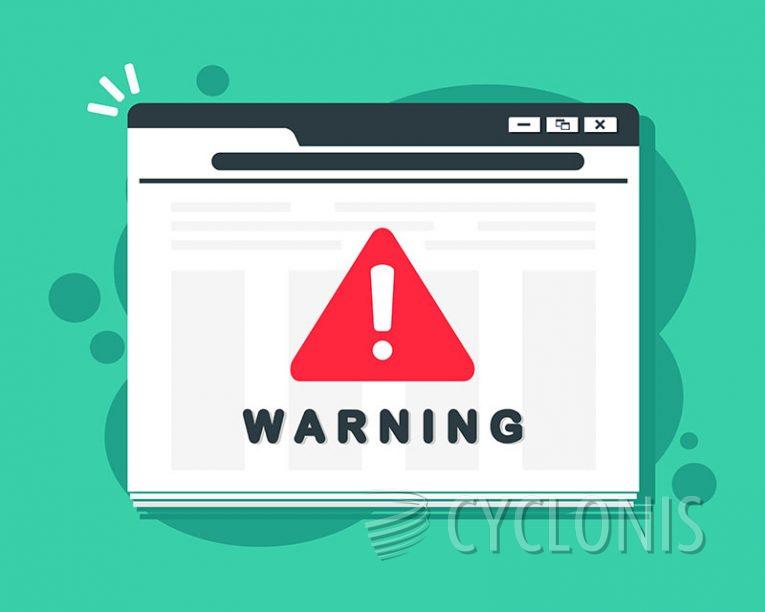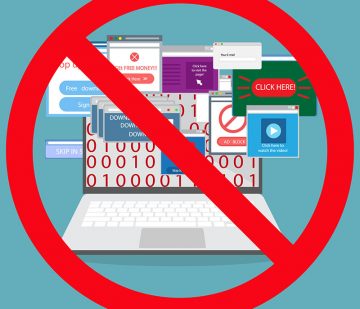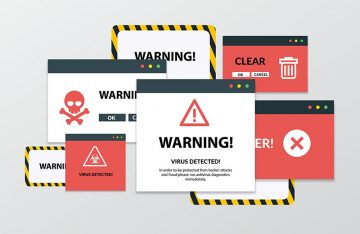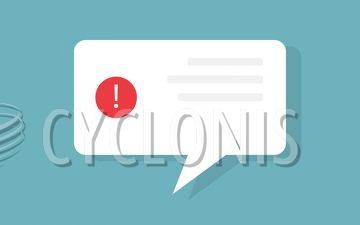'You Might Recently Browsed To Compromised Websites' Pop-Up Scam

Upon examination of the "You Might Recently Browsed To Compromised Websites" message, we have determined it to be a scam. The deceptive alert suggests that the user's device could be infected due to visits to potentially malicious websites, but these claims are entirely false and have no affiliation with legitimate products, services, or companies. Typically, scams of this nature aim to promote untrustworthy and harmful software.
When users access a page hosting this scam, a pop-up window appears, purportedly displaying a "safety warning". The warning suggests a possibility that the user has recently accessed compromised websites, potentially resulting in virus infections on their device. The deceptive alert specifies that the visited sites might include illegal streaming or adult-oriented content, urging the user to conduct an anti-virus scan to eliminate supposed threats.
It is crucial to understand that the information provided by this scam is inaccurate and is not connected to any legitimate antivirus product prodiver. While it is true that computers can be infected through malicious sites, the assertions made by this scam lack any factual basis. Despite the phrasing of the message, it remains a scare tactic employed by scammers to manipulate victims into taking specific actions.
In many instances, fake threat alerts and system scans serve as a means to endorse dubious software. The promoted applications may include fake anti-virus programs, browser hijackers, adware, and various potentially unwanted applications (PUAs). There have even been rare cases where such scams were used to propagate trojans, ransomware, and other forms of malware.
How Should You Act if You See Virus Warnings on Websites?
If you encounter virus warnings on websites, it's essential to approach the situation cautiously to protect your device and personal information. Here's a recommended course of action:
Do Not Click on Anything:
Avoid clicking on any buttons, links, or pop-ups within the warning message. Clicking on these elements may trigger the download of malicious software or lead to further scams.
Close the Browser Tab or Window:
Immediately close the tab or window displaying the warning. Use the browser's built-in features to close the affected tab or, if necessary, close the entire browser.
Clear Browser Cache and Cookies:
After closing the affected tab or window, consider clearing your browser's cache and cookies. This helps remove any potentially harmful elements that may have been encountered during the visit.
Run a Legitimate Anti-Virus Scan:
If you are concerned about the security of your device, run a scan using a reputable and up-to-date anti-virus or anti-malware program. Ensure that your security software is from a trusted source.
Update Your Security Software:
Make sure your anti-virus and anti-malware software is up to date. Regularly update the software's virus definitions to ensure it can detect the latest threats.
Avoid Downloading Anything From the Site:
Do not download any files or software from the site displaying the warning. Legitimate security alerts are usually handled by your anti-virus software, not by direct downloads from websites.








